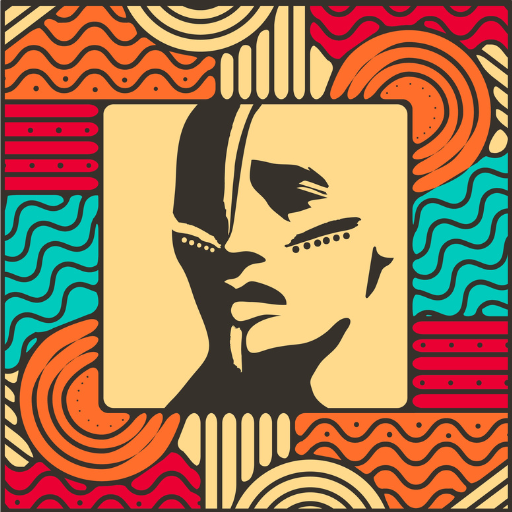Afrahouse
SCULPTURE EN TERRE CUITE DE NOK
SCULPTURE EN TERRE CUITE DE NOK
Impossible de charger la disponibilité du service de retrait
Nok style terracotta sculpture made in the 1970s.
Nok terracotta sculptures are ancient figurative art from what is now Nigeria, dating back to at least the 9th century BCE, and are recognized for their elaborate detail and sophisticated craftsmanship. Key features include large, stylised heads with intricate hairstyles and jewelry, and they are often found in fragments due to erosion. The function of these hollow figures, which may represent ancestors is not fully understood.
Stylistic and technical characteristics
The sculptures are known for their sophisticated and detailed depictions of human features, particularly the elaborate hairstyles and jewelry. Figures are highly stylised, with large, proportionally oversized heads.
They were created using a coil-building technique and often had a pointed twig used as a tool for making grooves and designs. Some pieces show evidence of subtractive sculpting, similar to wood carving.
The terracotta figures were made from local clay mixed with gravel for strength and fired in a simple fire, resulting in a reddish color.
Significance and function
Nok terracotta figures are the oldest known large-scale sculptures in sub-Saharan Africa and provide evidence for an advanced early civilization in West Africa.
The exact purpose of the sculptures remains a mystery. Theories suggest they might have been used in ancestor portrayal, grave markers, or charms to protect against illness or infertility. Some evidence suggests they were used in ceremonial contexts, possibly on altars, rather than being buried with human remains.
The sophisticated style of Nok art is believed to have influenced later art traditions in Africa, such as those found in Ife and among the Yoruba people, though this is still being studied.
Many discoveries consist of scattered fragments from erosion, making intact pieces rare and highly valued. The original smooth appearance of many pieces is lost due to the erosion of the slip (a clay and water mixture) used to finish them.
The art form is named after the village of Nok in Nigeria, where they were first found in the mid-20th century
Dimensions
Dimensions
Matériaux
Matériaux
Terre cuite
Expédition & retours
Expédition & retours
Expédition
- Les commandes sont traitées en 2 à 3 jours ouvrés
- Temps de livraison estimé
Domestique - 2 à 3 jours ouvrés
Europe & USA - 2 à 4 jours ouvrés
Dans le monde entier - 3 à 9 jours ouvrés
- Les frais de livraison sont calculés et affichés à la caisse.
- Coursiers - Royal Mail, UPS et DHL
- Ramassage local disponible
- Politique d'expédition
Retour
- L'acheteur peut retourner ou échanger un article
- L'acheteur doit retourner l'article dans les 30 jours suivant la collecte ou la livraison.
- Politique de remboursement
FAQ
FAQ








Carte cadeau Afrahouse
Faites plaisir à vos proches avec la liberté de choisir parmi une sélection organisée d’œuvres d’art et de trésors culturels africains. Offrez aujourd’hui l’art africain






